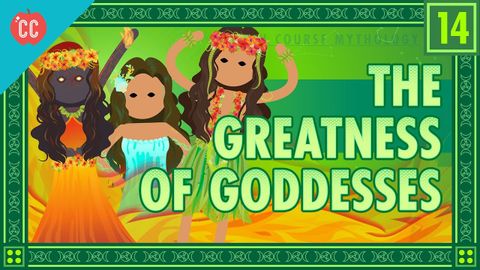Fire and Buffalo Goddesses: Crash Course World Mythology #14
香蕉先生 が 2022 年 06 月 26 日 に投稿  この条件に一致する単語はありません
この条件に一致する単語はありませんUS /ˈɛpɪˌsod/
・
UK /'epɪsəʊd/
- n.地点 : 場所;困難 : 苦境;位置づけ;少し;斑点 : 染み : 汚点
- v.t.(偶然)見つける
- n. (c./u.)気持ち;分別ある判断力;意味
- v.t./i.(感覚器官で)感知する : 気づく;感じる
エネルギーを使用
すべての単語を解除
発音・解説・フィルター機能を解除

